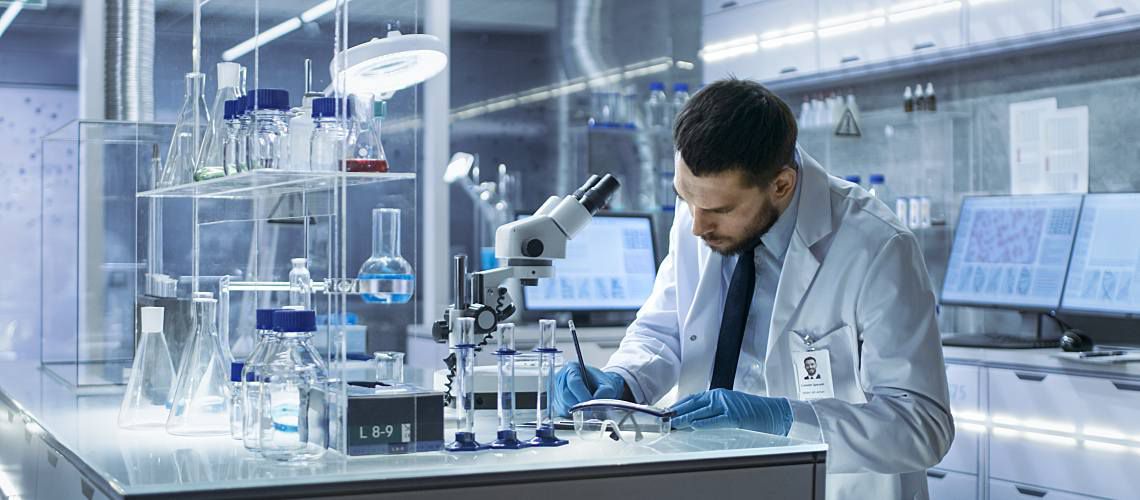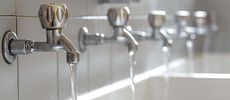How Does the EPA Test Method Update Process Work?


The Environmental Protection Agency (EPA) publishes a variety of test method procedures for organizations, including water labs that analyze wastewater and other samples under Clean Water Act (CWA) requirements. Regulated entities and water labs use these methods to assess compliance with National Pollutant Discharge Elimination System permits or other monitoring requirements. In some cases, multiple approved methods exist for organizations to choose from.
To stay compliant with federal regulations, water labs should be aware of the different types of test methods available, where to find them, and how the EPA updates approved methods.
Types of EPA Test Methods
Test method procedures allowed under EPA rules include:
- Approved CWA methods for chemical and biological pollutants, radioactivity of drinking water, and whole effluent toxicity.
- Optional CWA methods not formally approved by the agency, but of interest nonetheless to regulated organizations, permitting authorities, and the general public.
- Alternate test methods that include modified EPA methods and other new methods part of the Alternate Test Procedure (ATP) program.
The ATP program allows organizations to submit alternate test procedures for EPA review. This process includes submitting an ATP application, as well as developing a validation study plan and submitting a final report on the study. Once an ATP has been recommended by the EPA for nationwide use, regional coordinators may allow organizations to use the method while it awaits formal approval.
Where to Find the Most Current EPA Test Methods
Lab managers can find currently approved EPA test methods in 40 CFR Part 136, available online through the Electronic Code of Federal Regulations (e-CFR). The EPA website also contains information on:
- Optional CWA test methods that aren't formally required, including chemical, microbiological, and biosolids test methods.
- Approved drinking water analytical methods, including those approved for compliance monitoring under the groundwater rule and the surface water treatment rule.
Federal regulations also allow organizations to modify approved methods without obtaining EPA approval, so long as they document the changes according to the requirements in 40 CFR 136.6.
How New Methods Are Approved
The Office of Science and Technology (OST) within the EPA's Office of Water is the organization required under the CWA to develop, review, and approve methods. Since publishing updates via individual rules would be inefficient, the OST periodically packages new and revised EPA methods into a single Methods Update Rule. Once the updates have gone through the entire method update process, including public comment and formal approval, the methods are codified in 40 CFR Part 136.
The agency gets new and revised methods from:
- The ATP program
- Voluntary consensus standards bodies, such as ASTM International and Standard Methods
- Other government agencies, such as the U.S. Geological Survey
How Often Are Methods Updated?
The EPA updates its list of approved methods every few years, with past updates published in 2017, 2012, 2007, and 2003. In 2019, the EPA proposed its most recent Methods Update Rule, leaving the document open for public comments until December 23, 2019.
But what does the EPA look at when updating its list of approved methods? For starters, the agency focuses on incorporating new technological advances to ensure methods reflect the most current scientific understanding. Secondly, these methods updates are aimed at giving organizations more flexibility in determining how to best meet compliance monitoring requirements. Finally, methods update rules seek to refine quality assurance and quality control requirements to continually improve data quality.
In order to stay compliant with federal regulations, lab managers must keep abreast of the EPA's Methods Update Rules and know where to find the most up-to-date information on approved methods. Organizations can stay current with the forthcoming update by checking the EPA website or signing up for EPA news releases.






